Iran’s decision to launch 181 ballistic missiles at Israel on Tuesday night followed a similar pattern to the attacks of April 14. Israeli and allied air defenses appear to have performed extremely effectively. The damage to the military and civilian sites targeted is minor to non-existent. One Palestinian Arab man was killed in a village near Jericho, not from the Iranian missiles, it appears, but from interceptor debris.
I live in a Jerusalem neighborhood on what’s called the “Seam Lin” between the Jewish and Arab populations. We generally have cordial relations with our Arabic-speaking neighbors, and as I stood outside my front door last night trying to get some pictures of the missiles flying over the night sky, I was entirely unsurprised to hear the honking of car horns and shouts of celebration from the Arab houses a little further down the street. So it goes, and so far, so predictable.
The question now is what comes next. The Israeli response following the April 14 attacks was small, and largely symbolic. US President Joe Biden at that time advised Israel to “take the win,” referring to the successful region-wide, US-led air defense system that was mobilized for the first time on that night. Israel retaliated with a symbolic attack on an Iranian air defense system, largely to prove to Teheran that it could do a lot more than that. And the matter was left there.
This time, the response is unlikely to be merely symbolic. The reason is that, with the Middle East being what it is, if Israel again responds with just a little nudge to Iran indicating what it could do if it really tried, this is likely to be interpreted as hesitation — and hence weakness. It will convey to the Iranians that they can now see a massive Iranian missile attack as part of the rules of the game: that every time Israel takes major action against an Iranian proxy in the context of the current war (such as the assassination of Hamas leader Ismail Haniyeh or the killing of Hezbollah leader Hassan Nasrallah), or makes a move against an Iranian official, this kind of response must be factored in.
This is not a “norm” that Israel can accept. Hence, it must now signal to Iran that such aggression will be met with a determined, escalatory response. Such a response is now likely. The natural next question is what form might that take? What assets does Israel have to hand, which could deliver the appropriate message to Iran, and what Iranian vulnerabilities can be exploited?
In terms of the assets which Israel could bring to bear, there are two immediately apparent instruments which it could mobilize. The first is Israeli air superiority. Israel’s raid on the Hodaidah and Ras Isa ports in Yemen last week was the latest proof that the Israeli Air Force is able to effectively project power to distances which bring Iranian targets well within its range. This was also demonstrated, of course, in the pinpointed response to the attacks in April. Israel’s F15, F16 and F35 fighter jets, together with its refueling planes, have the capacity to reach any target in Iran.
Nor does a response using air power need to be limited to the realm of piloted aircraft, with the accompanying possible dangers to personnel. Israel is a world leader in the use of drones. Its Heron TP, Hermes 900 and Shoval systems could all, if desired, be employed against targets in Iran. It is also worth noting that while Israel’s missile defense systems are better known, Jerusalem possesses a ballistic missile capacity of its own — the Jericho 3 system — also capable of reaching Iran.
Regarding the second set of available instruments: ample evidence exists to suggest that Israel possesses an irregular capacity on Iranian soil, which is available for activation when needed. It is almost certain that this capacity includes the involvement of Iranian citizens. The regime in Teheran is not popular, and finding individuals willing to work against it isn’t difficult, though of course details of this are elusive.
The existence of this Israeli capability is apparent mainly from the results: sudden deaths suffered by scientists and officials involved with Teheran’s nuclear programs, mysterious explosions and power outages, theft of materials and so on. If needed, these saboteurs could presumably be engaged as an element in the current war. It is worth noting that while they have most notably been used in recent years against people involved with the nuclear program, they could also theoretically be used against other Iranian officials and individuals associated with the regime.
What are Israel’s potential targets, should it choose to respond? Of course, there are the facilities related to the Iranian nuclear program, but it is more likely currently that Israel would focus on strategic targets essential to the functioning of the Iranian economy. The oil sector would be one vulnerable area in this regard. The oil terminal on Kharg Island and the Bandar Abbas port would be two sites that may well appear on Israel’s hit list for this sector thanks to Iran’s vulnerability regarding its export capacity.
Yesterday’s attack shows we need to shift our perceptions with regard to the current situation in the Middle East. The competition between the Iran-led regional bloc on the one side, and Israel and its western and pro-western allied countries on the other has long dominated strategic affairs in the region. For the last two decades, this contest has largely played out through feints, the use of proxies, clandestine and intelligence warfare, and diplomatic stratagems. That chapter in this long and historic battle of wills now appears to be drawing to a close. A phase of open confrontation looks set to take its place.
This article was originally published on The Spectator’s UK website.



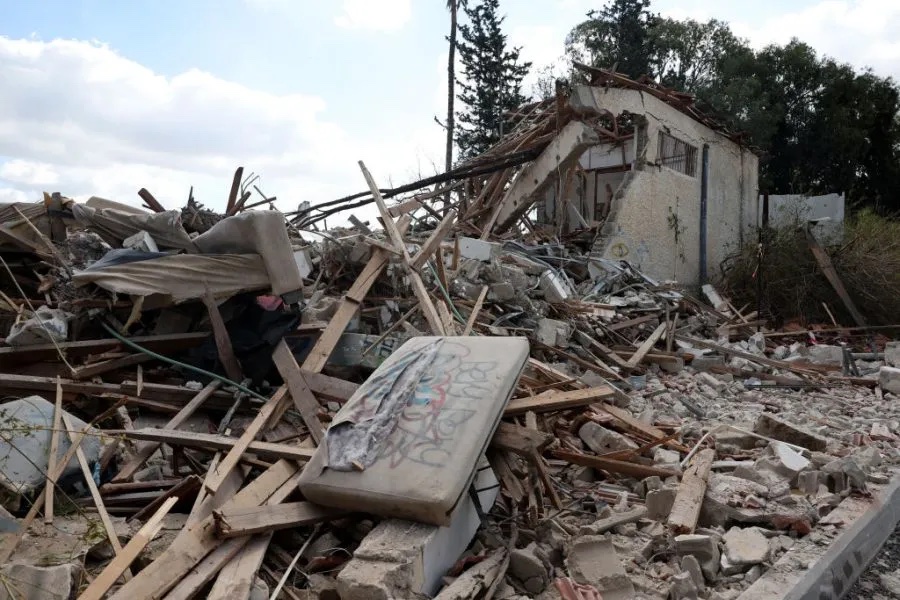








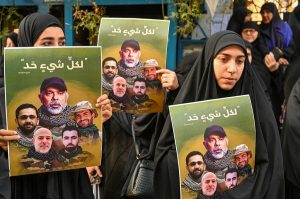

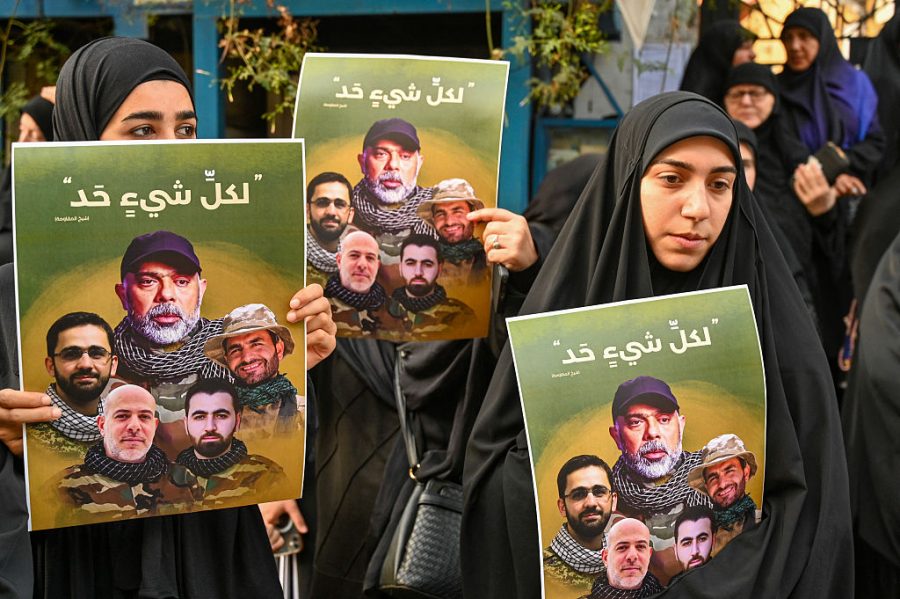
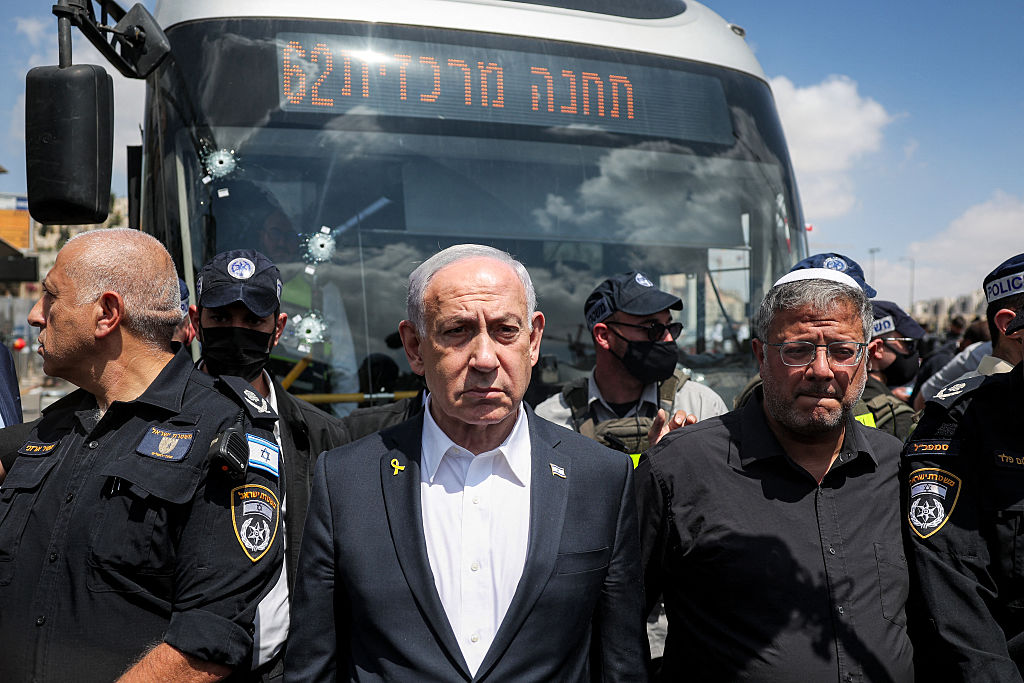

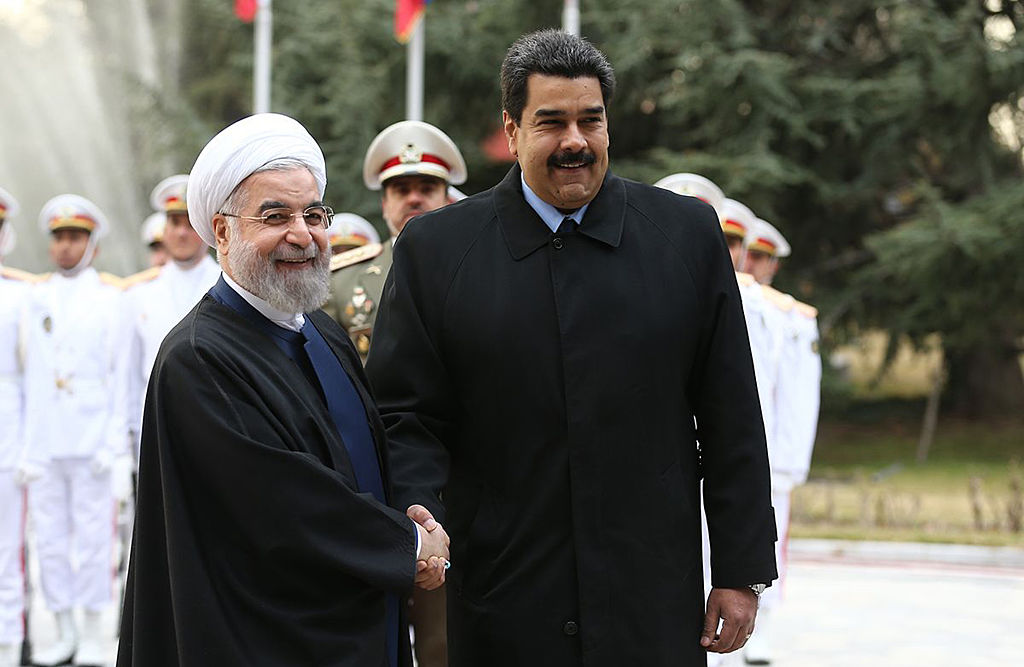
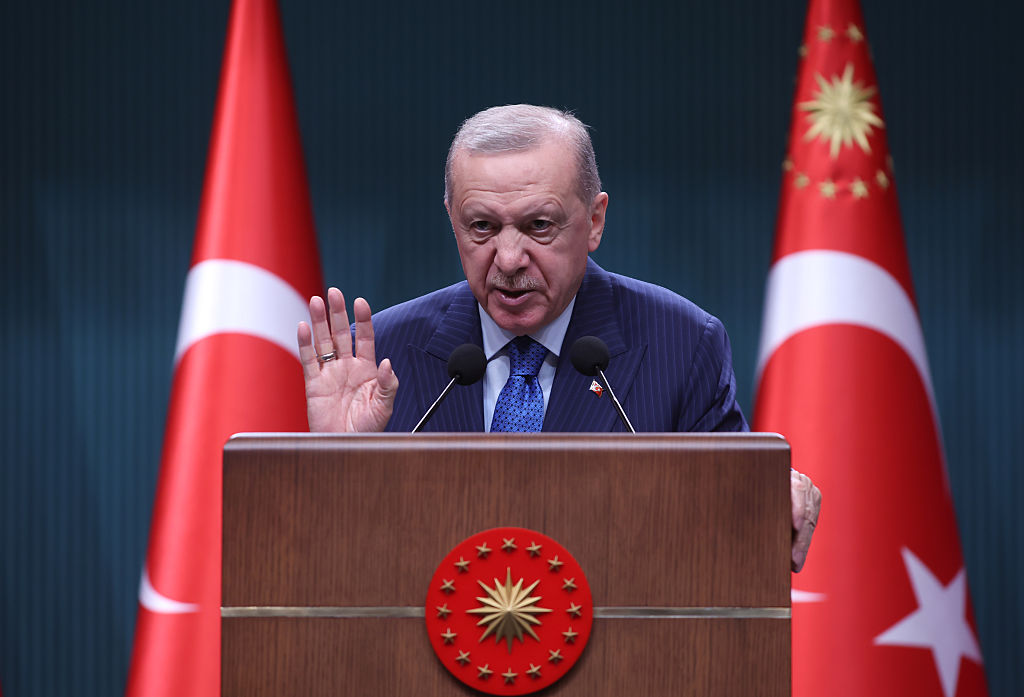







Leave a Reply